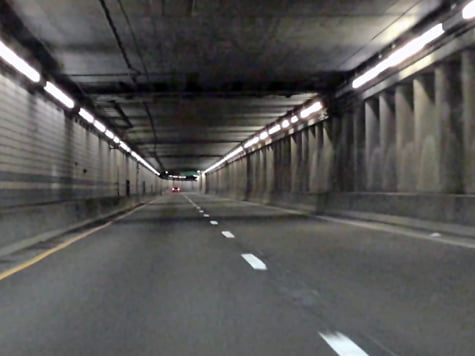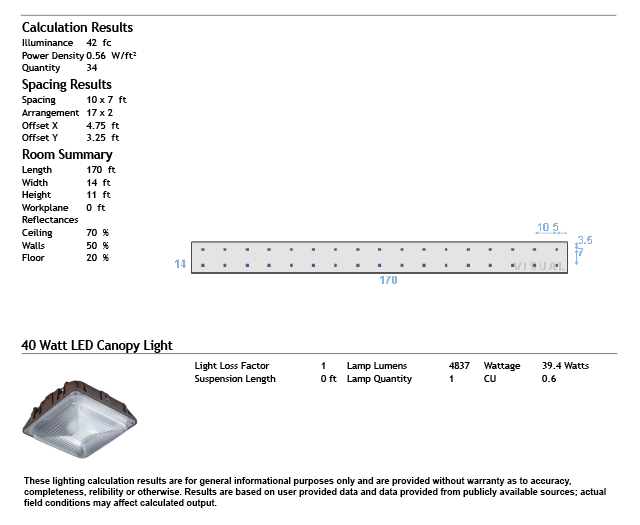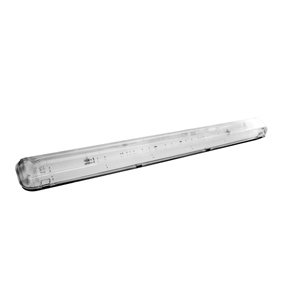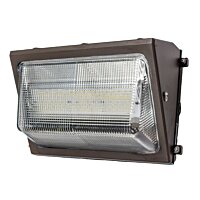Tunnel Lighting Guide

Because of the importance of lighting in tunnels, minimal downtime is vital for maximum safety for motorists. In fact, the International Commission on Illumination (CIE) published a study on tunnel lighting called CIE 88-1990, that highlights this very point:
“Maintenance in tunnels is difficult under regular traffic conditions or partial lane closures as it can cause severe traffic backups and may increase the potential for accidents. Repair of the lighting system and its components must be accomplished with minimal time spent in the tunnel.” (International Commission on Illumination, 2004 Guide For The Lighting of Road Tunnels and Underpasses)
In recent years, LED technology has swept the industrial and municipal lighting markets, bringing exceptional durability and performance to tunnel lighting systems throughout the county. LED tunnel lighting provides many advantages over traditional forms of lighting, mainly increased durability and lower operating costs. In fact, most types of LED lighting for tunnels requires zero maintenance throughout their rated lifespan.
Additionally, LED lighting provides a higher quality of illumination than traditional types of lighting. These lights generally come in 4000k and 5000k color temperatures, which most closely replicate natural sunlight and are easier on the eyes. In addition to this, LED lights have a significantly higher CRI rating than traditional lighting, providing better lighting accuracy and thus better visibility for motorists. Combined with significantly reduced electricity usage, LED tunnel lights are an easy choice for both upgrades and new construction applications.
Tunnel & Underpass Lighting Design
Proper tunnel and underpass lighting can be achieved with the right selection of LED fixtures, namely, LED canopy lights, vapor tight fixtures, and/or LED wall packs. To put this in perspective, here’s a lighting design we provided for a tunnel with an 11 foot ceiling.

In this project we used 34 40W LED canopy lights to provide 42 foot candles of illumination and ensure proper lighting throughout the structure.
Types of Tunnel Lights
Vapor Tight Fixtures - While similar in appearance to regular tube style fixtures, vapor tight fixtures are designed for harsher environments than what a typical fixture will see. These fixtures are IP65 rated for resistance against water and dust increase, and feature a clear lens to protect the light from impacts as well as diffuse the light evenly across a wide area.
Canopy Lights - Similar to vapor tight fixtures, these lights are weather resistant and exceptionally durable. However, instead of a long and narrow profile, canopy lights are square and designed to produce intense lumen output spread across a wide area. Purpose built for outdoor use, these fixtures are IP65 rated to protect against water and dust.
LED Wall Packs - Specifically designed to mount vertically on the outside of walls, these lights are a perfect fit for applications such as tunnel lighting. Like all the other fixture choices for tunnel lighting applications, these lights are sealed against weather and carry a IP65 rating to ensure they are protected against moisture as well as dust.
Tunnel Lighting Zones
There are five main lighting zones within the typical tunnel system. These are divided up based on the specific and varied requirements of different areas around and within a tunnel. With lighting tailored to each specific zone, they work together to provide the most effective lighting system possible for maximum efficiency, visibility and safety.
Access Zone
Technically not within the tunnel, this area is part of the stretch road leading up to the tunnel entrance. The purpose of lighting here is to clearly illuminate the entrance as well as the beginning of the tunnel's interior which gives motorists the ability to observe and avoid any obstacles. Ideally, the lighting will provide sufficient visibility to allow drivers to enter the tunnel without a reduction in speed which keeps traffic flowing smoothly.
Threshold Zone
Overlapping with the access zone is the threshold zone, which provides illumination on the area immediately before motorists enter the tunnel. The length of this zone is that of the average stopping distance of vehicles at the posted speed limit. The first portion of this zone will have constant illumination, however at the end of the zone the luminance levels should be reduced to 40% of the initial value.
Transition Zone
This is the beginning of the zones within the tunnel itself, and is intended to transition lighting to the lower level of the interior zone. Throughout the transition taking place in this zone, illumination should be sufficient to provide motorists with enough stopping distance to safely stop and avoid obstacles that may be in its path. A general rule of thumb is that the decrease stages should not surpass a ratio of 1:3, allowing enough time for the human eye to adapt to the change in lumen output.
Interior Zone
As the largest zone of all, the interior zone’s luminance is critical to ensure a smooth and safe flow of traffic. The lighting levels in this zone normally vary with the speed and density of vehicle traffic, although they are the most consistent of all zones. Generally speaking the interior zone has the lowest lumen requirements, due to it being a controlled area with no outside lighting influence to be countered.
Exit Zone
At the end of the interior zone is the exit zone, which serves to acclimate motorists eyes to outside light. Generally speaking, this zone will closely match the light levels of the outdoor area in order to make it easier for drivers to see once they exit the tunnel. This is especially important during the day when sudden bright outside light can significantly affect a drivers vision. This zone normally lasts a maximum of 50 meters and has up to five times the luminance of the interior zone.









